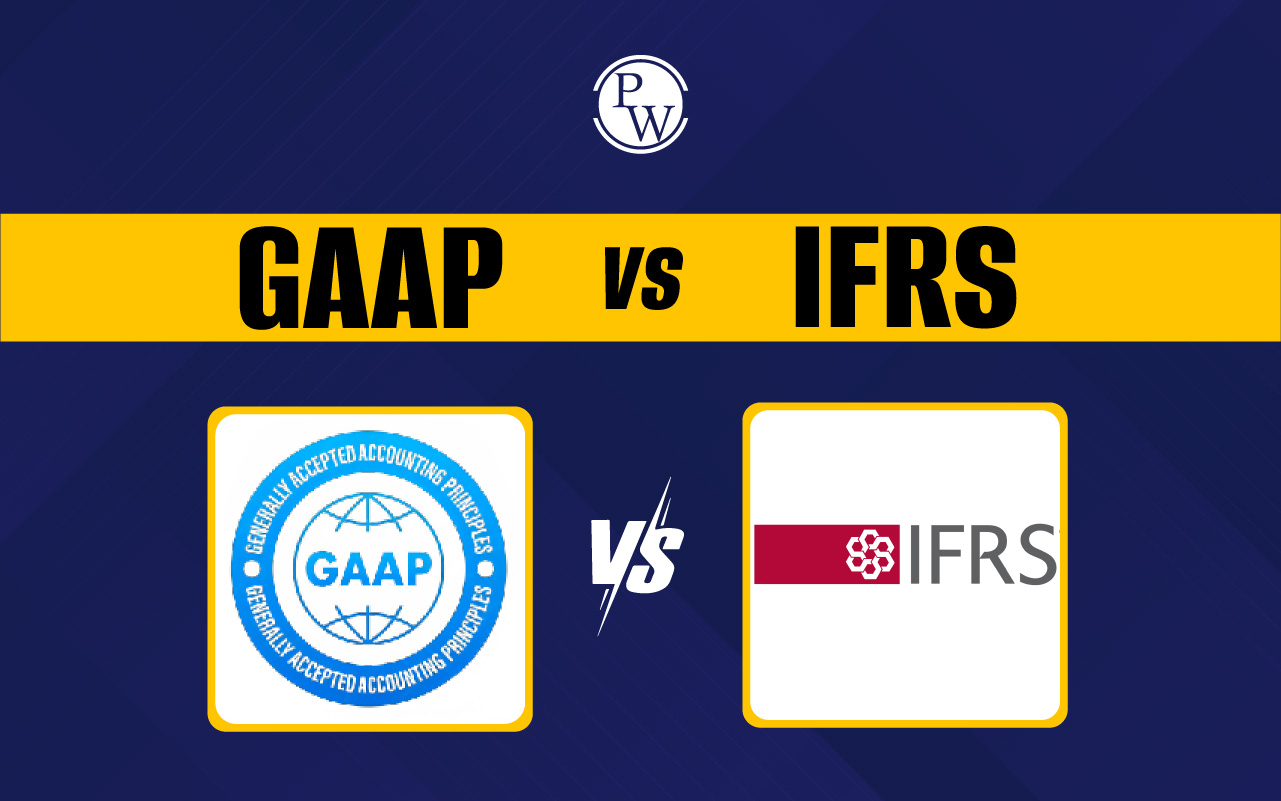

The 80-20 rule in finance has become a valuable approach for understanding financial decision-making and money management. Also known as the Pareto Principle, the 80-20 rule suggests that roughly 80% of results come from 20% of efforts. While its roots are in economics, this principle has found significant application in personal and corporate financial planning. Below, we will understand the 80-20 rule meaning, its relevance in financial planning, and how to apply the 80 20 rule in finance effectively.
What is the 80-20 Rule Meaning?
The 80-20 rule refers to the concept that a small proportion of causes or inputs often account for a large portion of outcomes or results. In simple terms, 20% of your actions might lead to 80% of your achievements. In finance, this idea can be used to identify and focus on the key areas that contribute most to financial health, such as savings, investments, or expenses.
For instance, you might find that 20% of your expenses account for 80% of your monthly spending. By analyzing and optimizing these high-impact expenses, you can enhance your budgeting and financial well-being.
Applications of the 80-20 Rule in Finance
When we talk about the 80-20 rule in finance, the idea is to prioritize efforts on areas that yield the most benefit. Let’s see how this can be applied in different financial contexts:
1. Budgeting
A practical use of the 80-20 rule in finance is in budgeting. You may notice that a small number of spending categories, like rent, utilities, or dining, make up the bulk of your monthly outflow. Addressing these key areas can have a meaningful impact on your overall financial situation.
2. Investing
In investments, the 80-20 rule can help you identify which of your assets contribute the most to your portfolio returns. By focusing more on these high-performing investments and reviewing those that underperform, you can make more informed decisions.
3. Income Sources
Often, individuals and businesses find that 20% of clients or work accounts for 80% of their income. Understanding this pattern allows you to focus on nurturing the most profitable relationships or career opportunities.
4. Debt Management
When managing debt, the 80-20 rule can guide you to pay off the most costly debts, like those with higher interest rates. Prioritizing these can lead to faster debt reduction and less interest burden.
Read More - How to Become Financial Specialist?
How to Apply 80 20 Rule in Finance
Learning how to apply 80 20 rule in finance involves a bit of analysis and strategy. Here's how you can begin:
Track Your Spending: Identify the top categories where most of your money goes. Focus on optimizing or reducing costs in these areas.
Evaluate Investments: Check which investments yield the most returns. Allocate more towards these assets.
Review Income Sources: Understand which streams contribute most to your income and consider ways to strengthen them.
Manage Debt Strategically: Pay off the most expensive debts first to reduce your long-term liabilities.
When you understand how to apply 80 20 rule in finance, you move toward intentional financial choices that support your long-term goals.
80 20 Rule in Investments
In investing, the 80/20 Rule, often known as the Pareto Principle, states that about 80% of your portfolio's gains (or losses) will come from 20% of your assets. This highlights the importance of focusing on high-impact elements to optimize returns and effectively manage risk. To use it, you can devote a smaller amount of your capital to a few high-growth potential equities or funds while putting the remainder in safer, diversified assets such as index funds, however this is a suggestion rather than a hard rule.
80 20 Rule Mutual Fund
According to the mutual fund 80-20 rule, most results are driven by a small number of important funds, holdings, or decisions. When investing, you should do the following:
-
Pay attention to core funds and top holdings
-
Keep your SIPs in check
-
Don't diversify too much.
Read More - Top Financial Analyst Interview Questions 2025
Benefits of the 80-20 Rule in Financial Planning
The 80- 20 rule financial planning approach brings clarity and simplicity. Instead of spreading your energy across too many tasks or areas, you concentrate on the few that matter most. Some advantages include:
Better Time Management: You spend your time on the tasks that deliver maximum value.
Focused Efforts: Helps in setting priorities and aligning them with financial goals.
Improved Results: Since you’re working on high-impact areas, the chances of financial improvement increase.
In essence, the 80- 20 rule financial planning helps cut through the noise and align your actions with what truly drives financial success.
Real-Life Example of the 80-20 Rule
Imagine someone tracking their monthly expenses and realizing that 20% of their purchases, food delivery, online shopping, and travel contribute to 80% of their discretionary spending. By reducing frequency or seeking alternatives in these categories, they can improve their savings significantly.
Similarly, an investor might find that just a couple of stocks or mutual funds are contributing to most of their portfolio’s growth. Shifting focus to such high-performing assets (after risk assessment) can improve overall returns.
Why the 80-20 Rule Matters Today
With increasing financial responsibilities and diverse spending options, applying the 80-20 rule in finance offers a structured approach to decision-making. It encourages smarter budgeting, focused investment strategies, and realistic goal-setting.
Moreover, in a world full of financial advice and information, the 80-20 rule gives you a practical filter to decide where to direct your time, attention, and money.
The 80-20 rule in finance is not a rigid formula but a flexible framework that helps identify and prioritize the financial activities that offer the highest returns. By understanding the 80-20 rule meaning and learning how to apply 80- 20 rule in finance, you can build a focused and result-oriented financial strategy.
Whether you're budgeting, investing, or planning for future financial goals, integrating the 80-20 rule into your decision-making can simplify your efforts and enhance your outcomes. As a foundational principle in 80- 20 rule financial planning, it acts as a guide to cut inefficiencies and concentrate on what truly matters.
Advance Your Career with the Financial Modeling Course
Understanding and implementing revenue-based financing effectively requires sound financial modeling. This is where the Financial Modeling Course with Deloitte Learning Academy can empower you. The course equips you with the skills to analyze revenue trends, project repayment schedules, and maximize funding outcomes.
Whether you're a startup founder or a finance professional, mastering financial modeling will set you apart in the competitive landscape of RBF.
80-20 Rule FAQ
What is the 80-20 rule meaning in finance?
How can I apply the 80-20 rule in finance to improve my budgeting?
What are the benefits of using the 80 20 rule in financial planning?
Can the 80-20 rule in finance help with investments?













